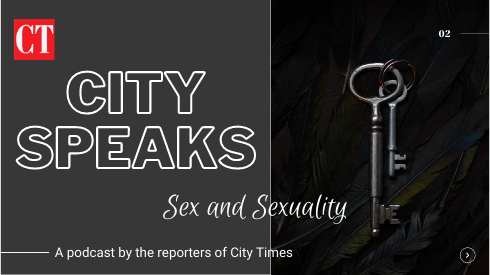The amount of money that the average college student living in California has to pay for textbooks is outrageous.
A study conducted by the American Public Interest Research Group recorded that textbook prices are rising at 4 times the rate of inflation. In a single school year students are expected to spend around $1,1168 on textbooks, course materials and school supplies.
As the cost of public education continues to rise in California, professors and school administrators must find ways to cut costs. Making a switch from traditional print textbooks to electronic textbooks will lead to more modern campuses, help students save money and boost morale.
In the 21st Century, engineers are continually coming up with ways to make everyday items sleeker, smaller, lighter and more efficient. Laptops and phones have shrunk down to the size of a person’s hand, so why haven’t textbooks?
The Kelton Marketing and Research Group recently released a survey in which students said that on a normal day they carry around 20 pounds of textbooks in their backpacks. Why would colleges prefer that students lug around 20 pounds of paper strapped to their backs when a MacBook only weighs 4 pounds?
Students with multiple class schedules are often forced to pick and choose which books they feel are needed on certain days simply because of weight issues.
When shopping for course materials students can save around 10 to 15 percent by choosing to purchase electronic textbooks. By downloading books directly onto a personal reading device students are able to avoid spending money on annoying handling and shipping fees.
According to a study conducted by the National Association of College Stores, electronic books help students save money. The study showed that the average college textbook cost upwards of $64. Electronic textbooks however usually only cost around $15.
Many times when faced with ridiculous textbook prices, students will forgo more expensive books and try to pass a class using the bare minimum.
Eighty-seven percent of students who participated in the Kelton survey said they have had to cut back on their normal spending due to textbooks. Fifty-seven percent of students were forced to alter their travel plans for summer and spring break. And sadly, 45 percent of students in the survey said they had to cut back on the amount of food they ate in order to save cash for books.
Students who can’t afford to buy new books are forced to settle for used books and continuously receive literature that is damaged and have missing pages. By moving to a paperless style classroom, professors eliminate the gap between students who can afford the best materials and those who can’t. A more even academic playing field will allow students to focus on actually learning the curriculum rather than stressing about being able to afford it.
College tuition is literally rising as students sit in their classrooms. The UC school system has already begun to warn students that tuition could increase by $2,400 during the 2012-2013 term if state funding is cut.
The thought of a decent college education will soon only be an expensive dream. The swelling of textbook prices and school materials will stop young people from pursuing their goals. It’s time to embrace the wave of the future and make the switch from paper textbooks to electronic books.
Categories:
Lose the paper and run with the E-book
September 25, 2012
Donate to City Times
Your donation will support the student journalists of San Diego City College. Your contribution will allow us to purchase equipment, cover the cost of training and travel to conferences, and fund student scholarships. Credit card donations are not tax deductible. Instead, those donations must be made by check. Please contact adviser Nicole Vargas for more information at [email protected].


